
WWII
Building Burma’s Notorious “Death Railway”
By Mark Simner“Your heart stops. You feel dizzy and sick. You think you’re going to piss yourself and then you feel the pain. Read more
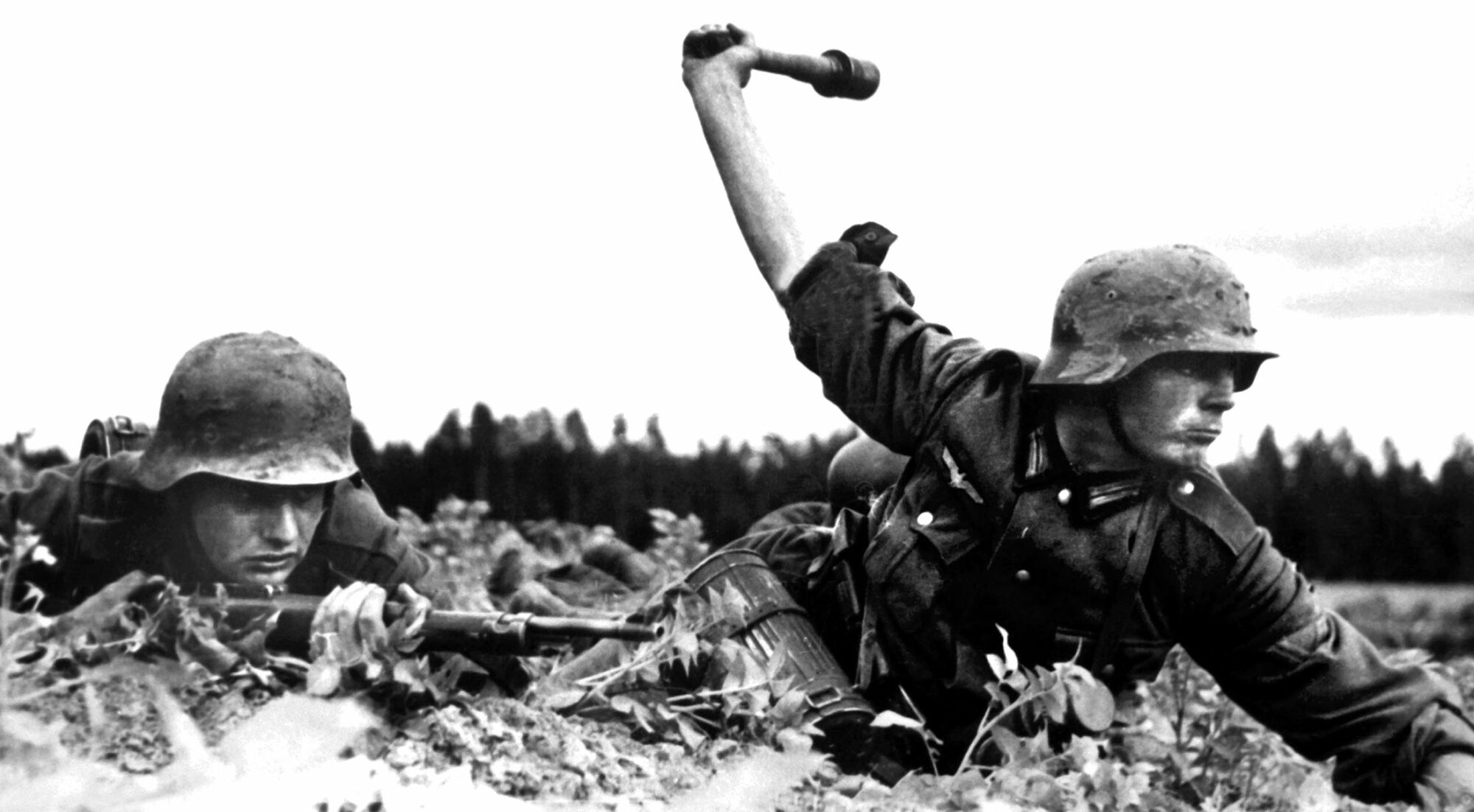

WWII
“Your heart stops. You feel dizzy and sick. You think you’re going to piss yourself and then you feel the pain. Read more
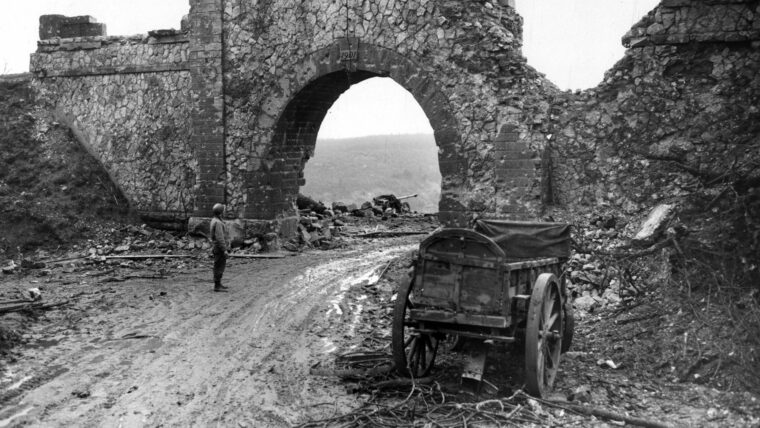
WWII
The road to Fort Driant began for the United States Third Army when it landed on Utah Beach at 3 pm on August 5, 1944. Read more
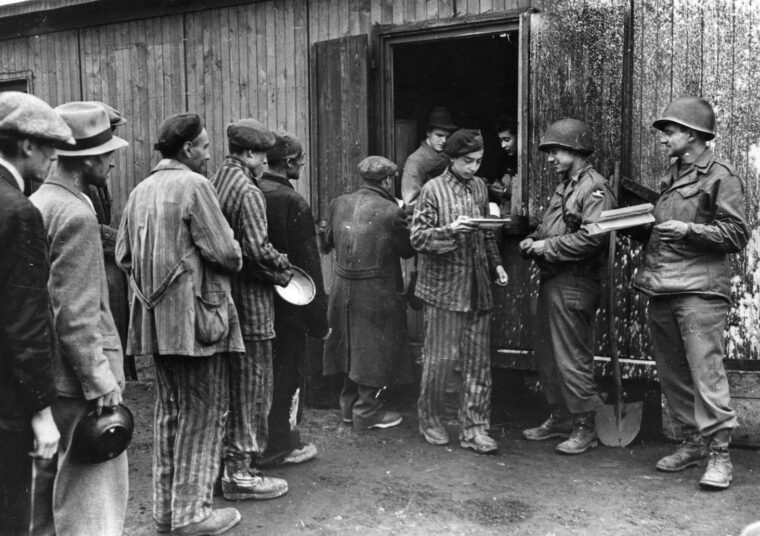
WWII
In November 1944, a young American soldier wrote back to his parents in the Washington Heights neighborhood of Manhattan. Read more
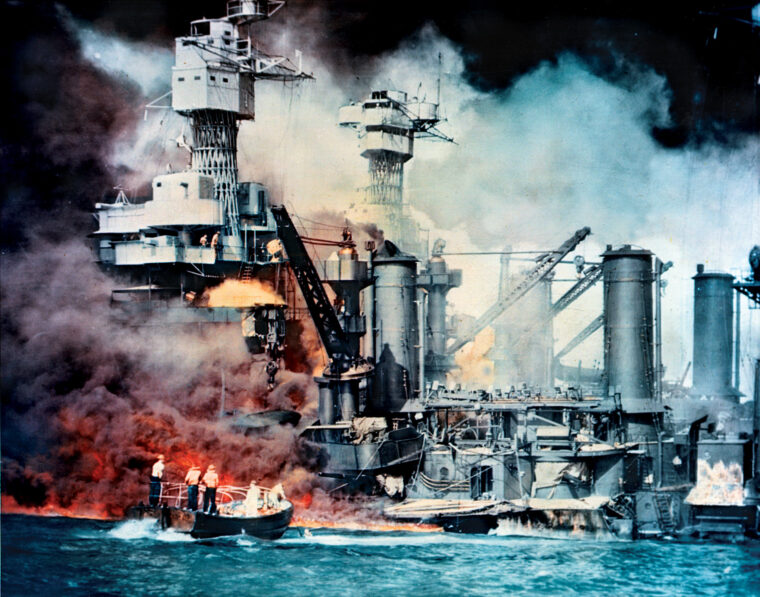
WWII
Because it was such a long and cataclysmic event, World War II still resonates with so many of us. Read more
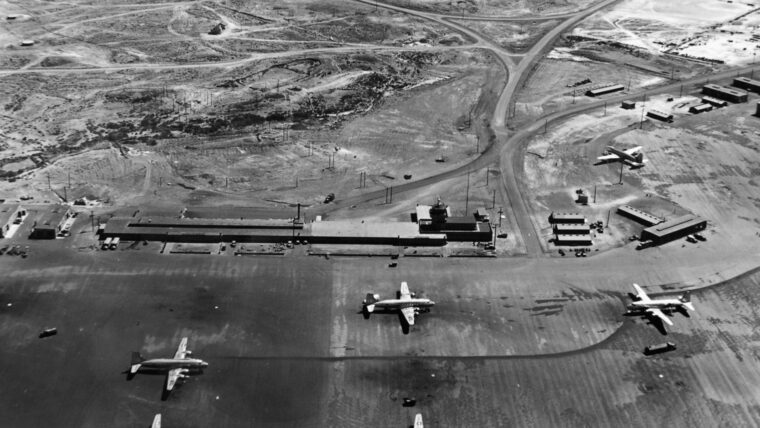
WWII
A generally overlooked factor of World War II has been the influence, sometimes highly significant, of nations that remained neutral. Read more
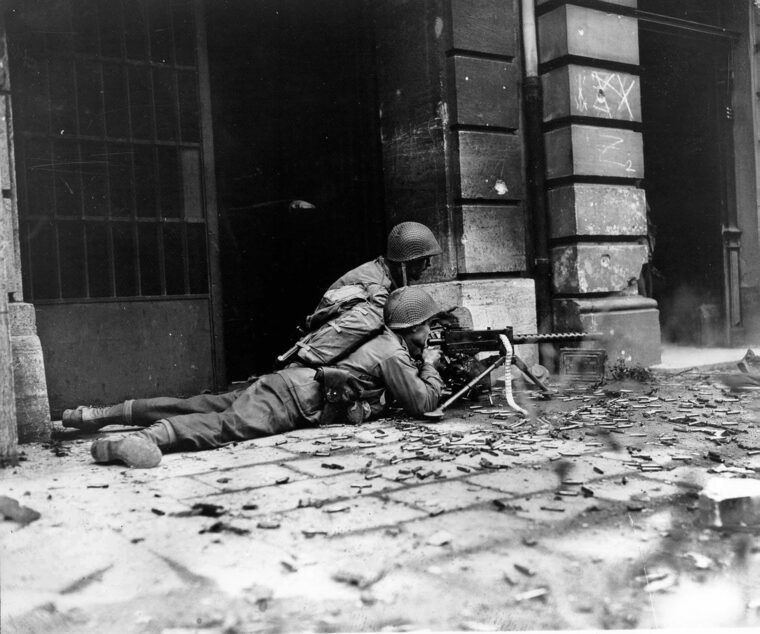
WWII
With weapons at the ready, the American squad advanced cautiously on both sides of the tree-lined boulevard toward the German strongpoint in Aachen. Read more
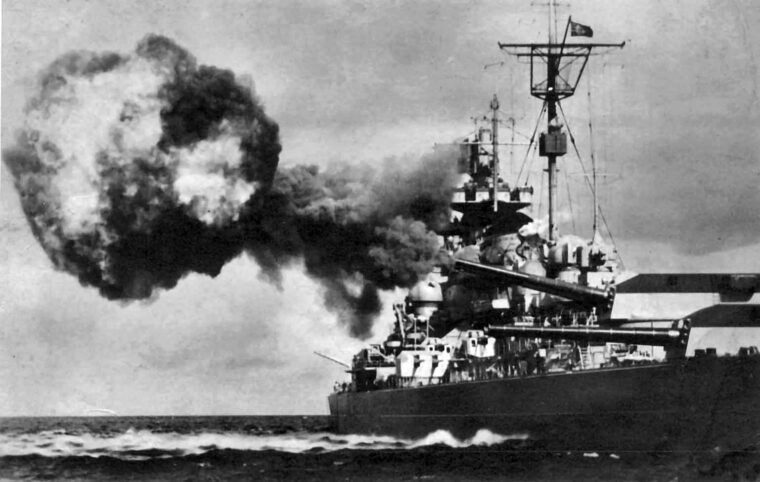
WWII
April 1, 1939, was a red-letter day in the history of the reborn German Kriegsmarine for two key reasons. Read more
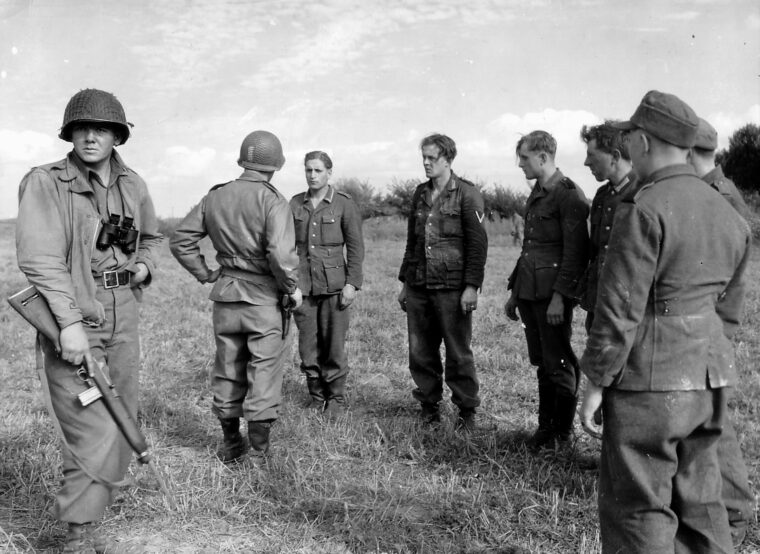
WWII
Stephan H. Lewy was young, militarily inexperienced, and A Most unlikely American soldier. Yet when he reached Utah Beach 30 days after D-Day, he was all business as a staff sergeant in U.S. Read more
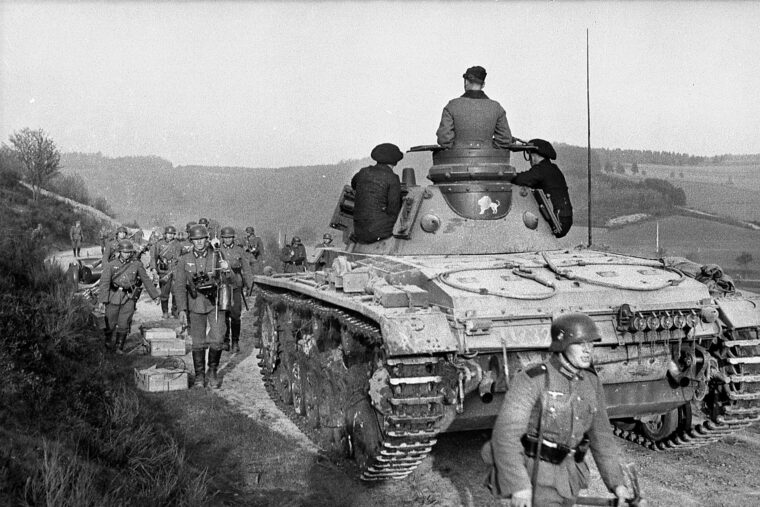
WWII
Tanks—seven divisions of them concentrated at one point, the weakest position in the Western defenses—that was what did it.” Read more
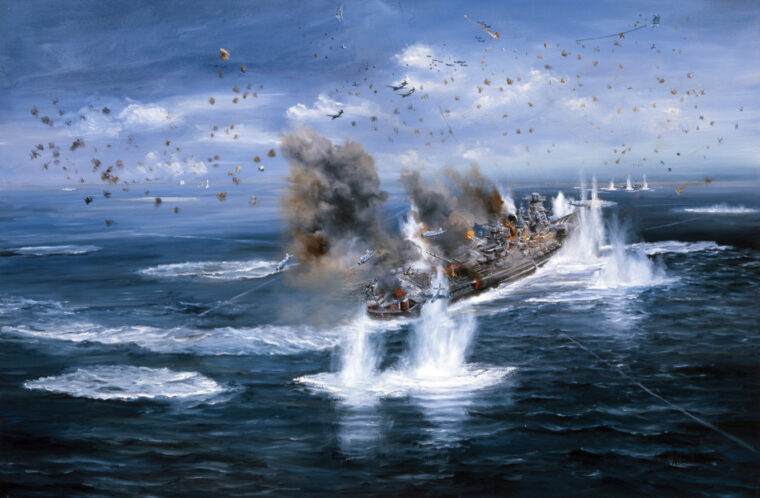
WWII
Allied victory in both the European and Pacific theaters seemed inevitable by spring 1945. The German Army was fighting on its own soil, and Japanese forces were defending Okinawa, the principal island of the Ryukyu archipelago. Read more
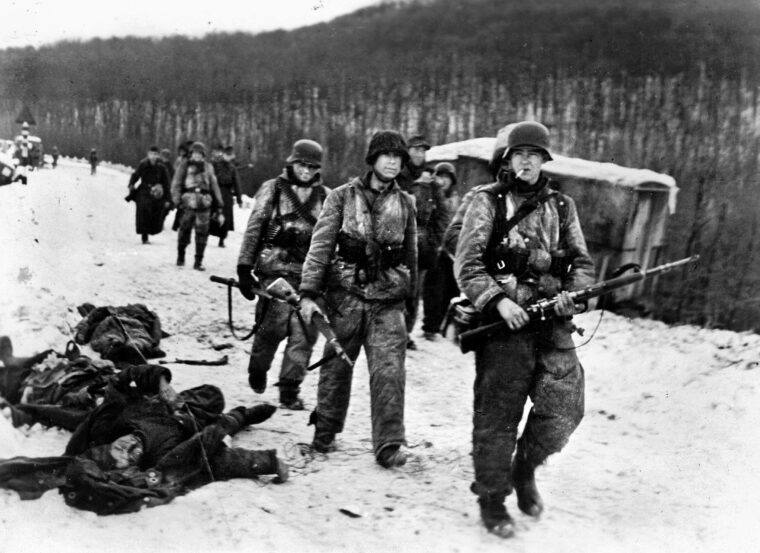
WWII
The winter of 1944-45 saw Nazi Germany in a grim position. The Allies were well established in Europe and advancing quickly. Read more
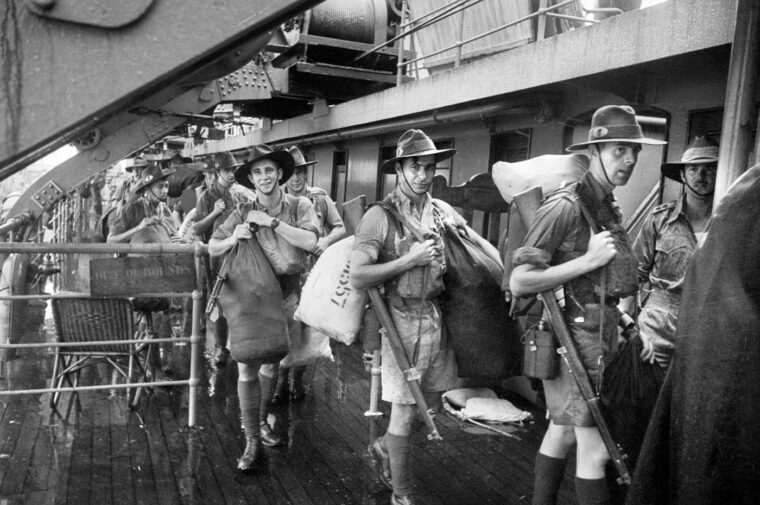
WWII
Today, Bukit Timah, meaning “Tin Hill” in Malay, is a residential and business neighborhood in the center of the island of Singapore approximately seven and one-half miles northwest of Singapore City. Read more
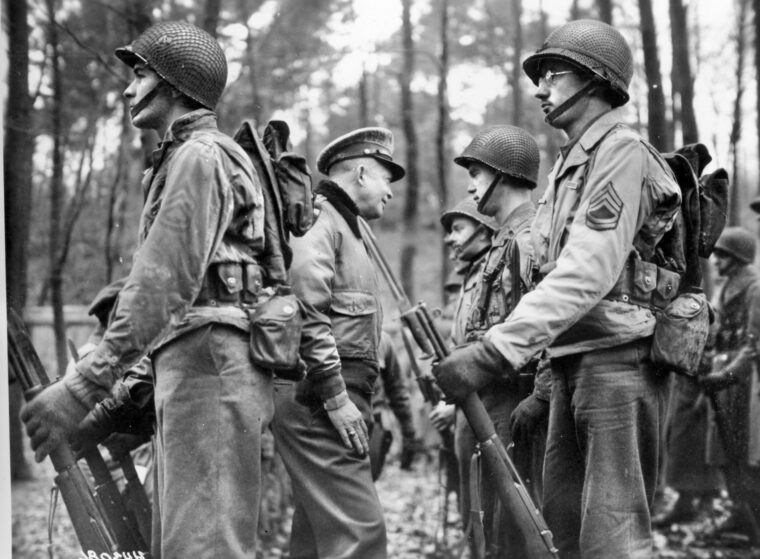
WWII
General Dwight D. Eisenhower enjoyed visiting troops in the field. After the Battle of Normandy and the race across France, the Supreme Allied Commander toured the front in mid-November, 1944. Read more
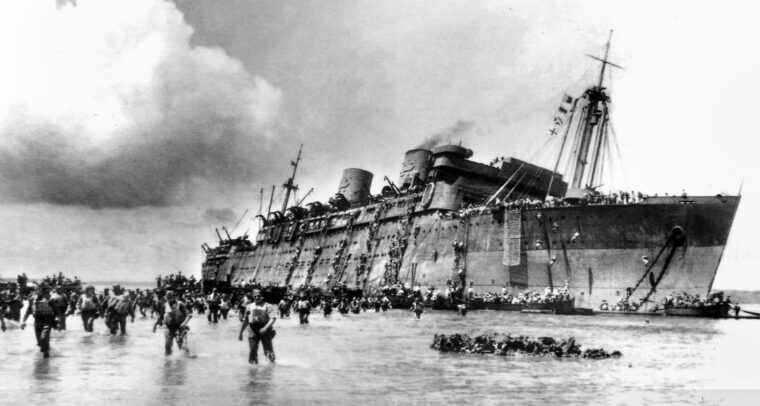
WWII
Ensign Doran S. Weinstein, a U.S. Navy communications officer, stationed himself outside the bridge of a troop transport named SS President Coolidge as it approached the South Pacific island of Espiritu Santo on Monday morning, October 26, 1942. Read more
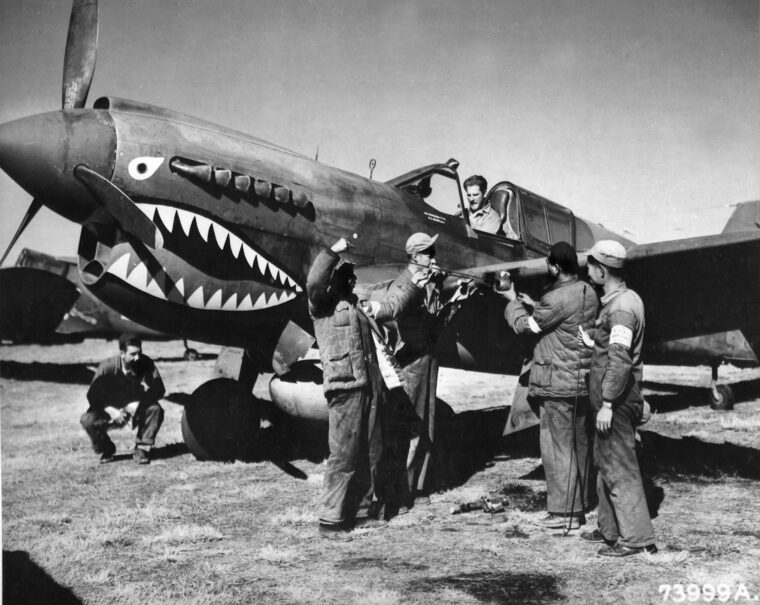
WWII
On March 2, 1933, only a few weeks after the inauguration of Franklin D. Roosevelt as President of the United States, the most spectacular event in the entertainment world premiered in New York. Read more
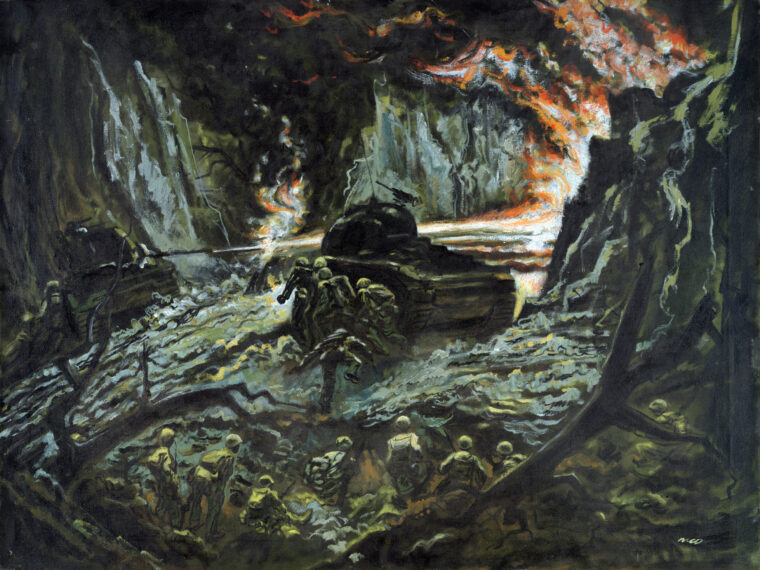
WWII
It was a bold prediction. “Rough but fast … We’ll be through in three days. It might only take two.” Read more
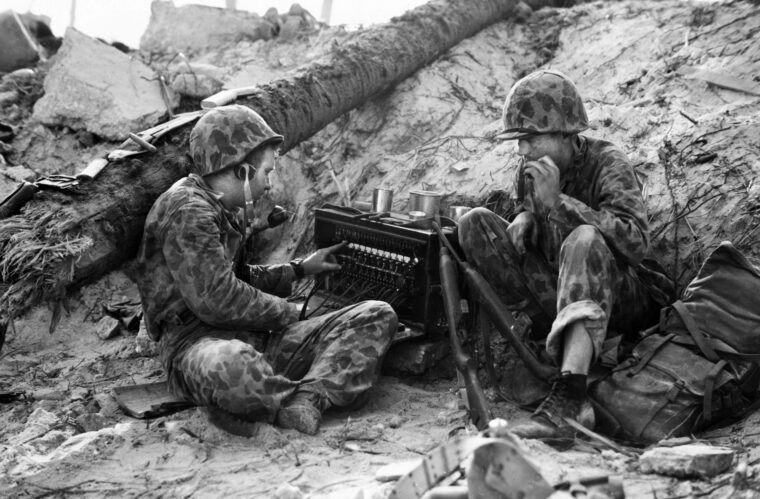
WWII
At dawn on November 20, 1943, U.S. Marines unleashed their first amphibious attack in the Central Pacific Theater. Read more
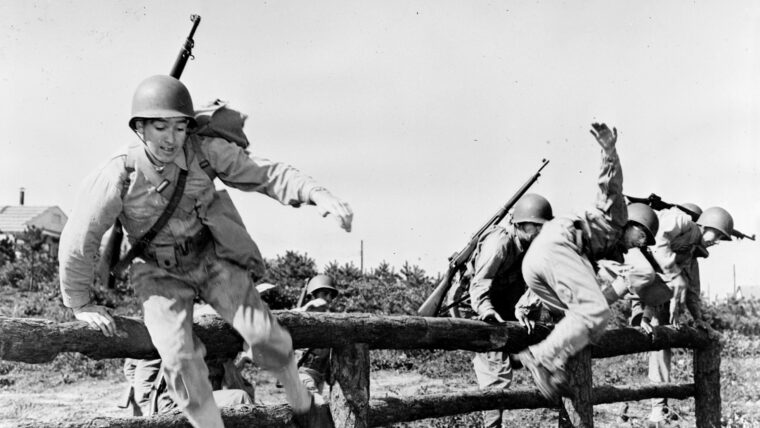
WWII
Winston Churchill described the U.S. Army during the war years as a “prodigy of organization … an achievement which soldiers of every other country will always study with admiration and envy.” Read more
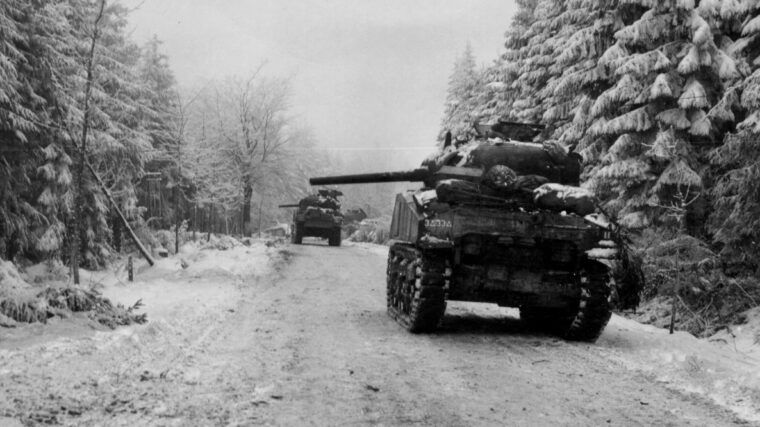
WWII
By mid-December 1944, the 3rd Battalion, 33rd Armored Regiment, Third Armored Division “Spearhead” had seen plenty of action. Read more
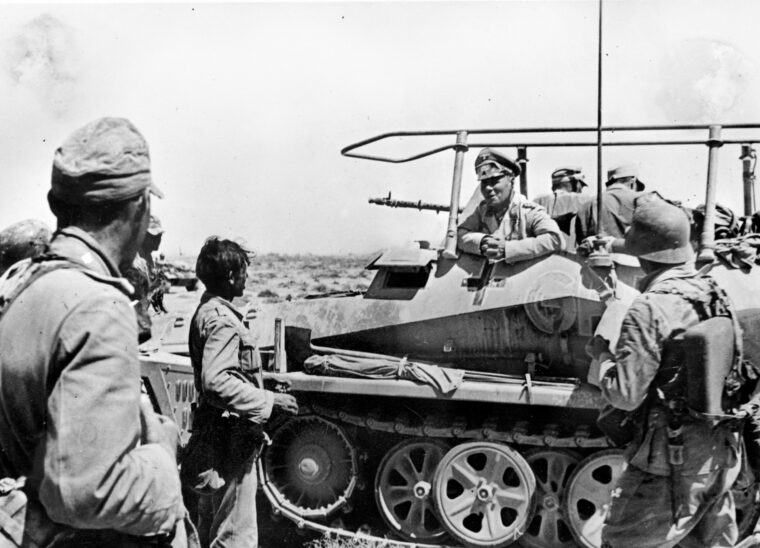
WWII
Generaloberst Erwin Rommel, commander of the Panzerarmee Afrika, was in his element, riding in an armored car at top speed through the desiccated plains of the Libyan desert. Read more